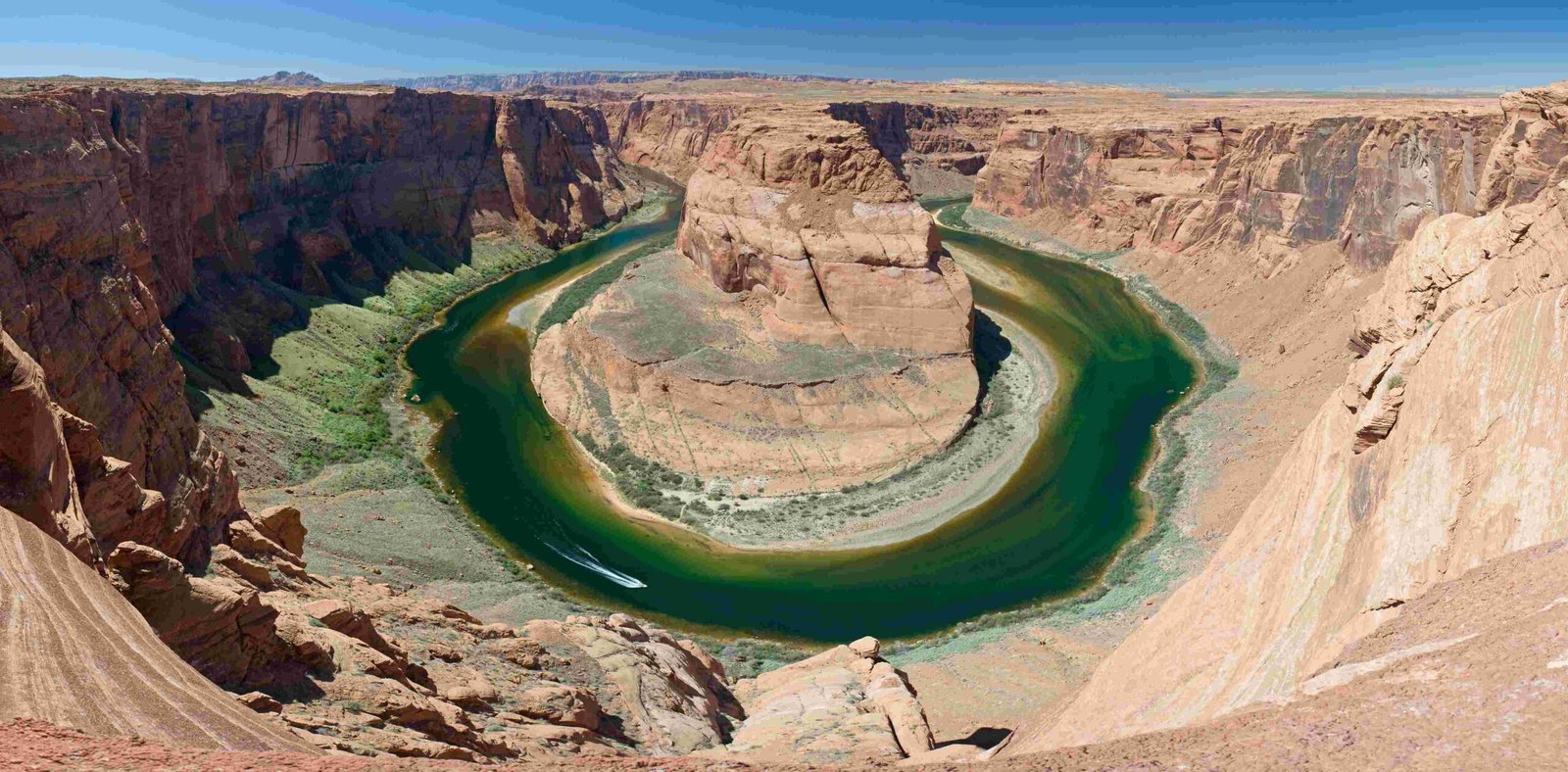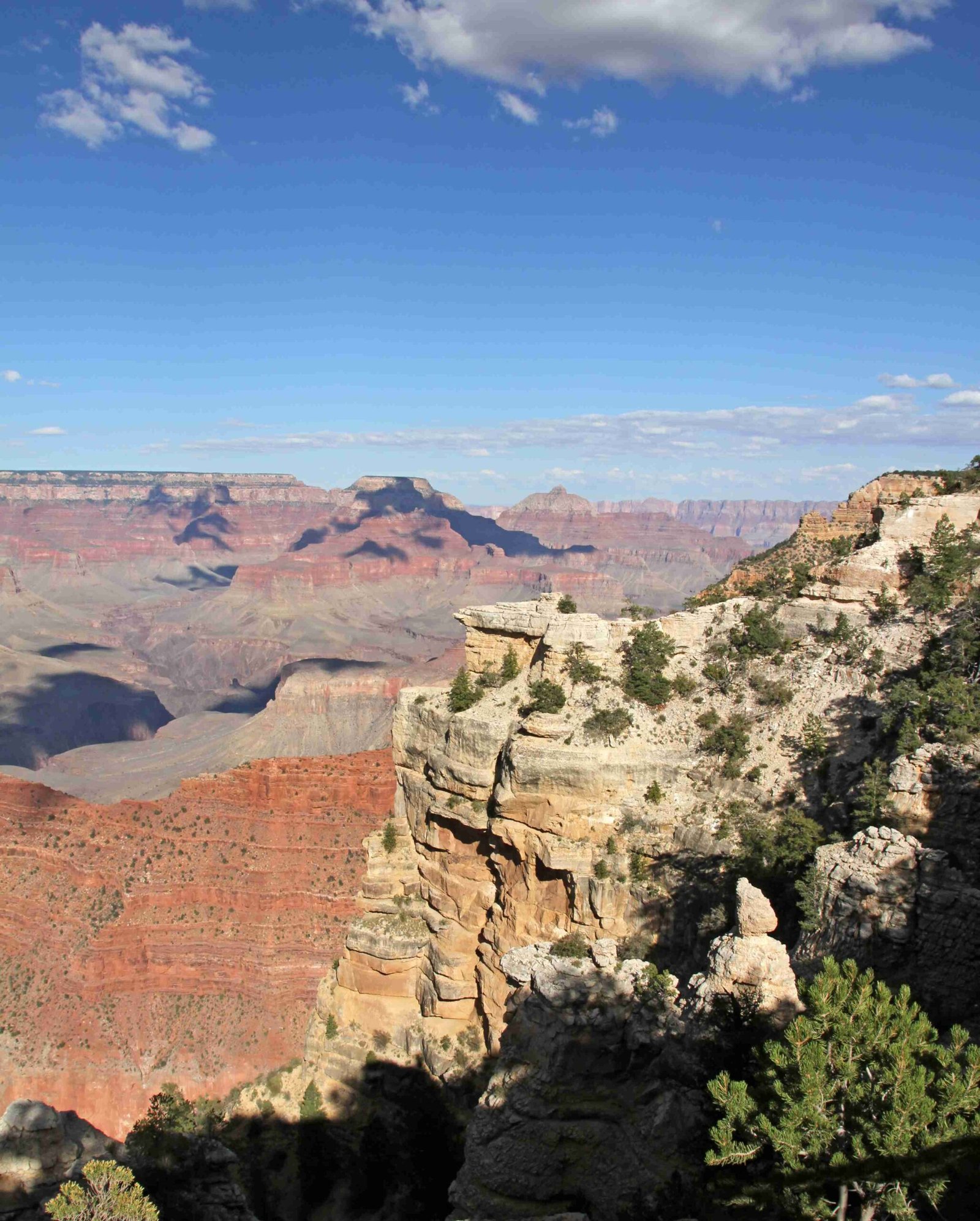The Grand Canyon represents a breathtaking geological masterpiece sculpted by millions of years of natural processes. Primarily created by the relentless erosive power of the Colorado River, this magnificent landscape emerged through complex interactions of water, tectonic uplift, and geological transformations that gradually carved one of the world’s most spectacular natural wonders.
What Geological Forces Shaped the Grand Canyon?

How Did Water Erosion Contribute to Canyon Formation?
Water erosion stands as the primary architect of the Grand Canyon’s dramatic landscape. The Colorado River has been systematically cutting through rock layers for approximately 5-6 million years, creating a profound and intricate canyon system.
Key Erosion Mechanisms:
– Continuous river downcutting
– Tributary stream contributions
– Flash flood impacts
– Wind erosion supplementation
| Erosion Type | Impact Level | Duration |
|---|---|---|
| Water Erosion | High | 5-6 Million Years |
| Wind Erosion | Moderate | Ongoing |
| Tributary Erosion | Significant | Continuous |
What Role Did Tectonic Activity Play?
Tectonic processes were crucial in setting the stage for canyon formation. The Colorado Plateau’s uplift, beginning around 75 million years ago during the Laramide orogeny, raised the region approximately 2 miles, creating ideal conditions for river erosion.
Tectonic Contributions:
1. Regional plateau elevation
2. Rock layer exposure
3. Creating gradient for river flow
4. Facilitating differential erosion
How Did Volcanic Activity Influence Canyon Development?
Volcanic events significantly impacted the Grand Canyon’s geological narrative. Volcanic activity around six million years ago produced:
– Lava flows
– Cinder cone formations
– Additional geological complexity
What Makes the Colorado River So Powerful?
The Colorado River’s unique characteristics enable its extraordinary erosive capabilities:
– Consistent water flow
– High sediment transportation
– Ability to cut through multiple rock layers
– Adaptation to regional geological changes
What Are the Primary Rock Layers Exposed?
The Grand Canyon reveals nearly 40 distinct rock layers, representing billions of years of geological history:
Geological Layer Breakdown:
– Precambrian Era Rocks: 1.75 billion years old
– Grand Canyon Supergroup: 1.2 billion to 740 million years old
– Paleozoic Era Layers: 550 to 250 million years old
– Mesozoic and Cenozoic Remnants: Sparse but significant
What Factors Accelerate Canyon Formation?
Several interconnected factors accelerate the Grand Canyon’s ongoing transformation:
– Arid climate conditions
– Minimal vegetation cover
– Steep geological gradient
– Continuous tectonic movements
Conclusion

The Grand Canyon emerges as a testament to nature’s patient and powerful geological processes, primarily driven by water erosion, tectonic activity, and the Colorado River’s persistent transformation of the landscape.
Expert Insights
Geologists continue to study the Grand Canyon, uncovering new details about its complex formation and ongoing geological evolution.
Visitor Information
For those interested in experiencing this geological marvel:
– National Park Service offers guided geological tours
– Multiple accessible viewpoints
– Trails revealing different geological perspectives
Research Opportunities
The Grand Canyon remains an invaluable natural laboratory for understanding geological processes and landscape evolution.

